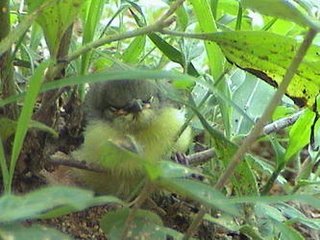Uninvited Winter Visitor...!
This Diwali i had an uninvited guest at home... when it is about being at home on these festival days... some what I am not so happy about it. Since I spend most of my days out in the wild as part of my profession even going on outing is not an option.
However the very first day of this Diwali I was so delighted to see a beautiful winter visitor. I was having my lunch in afternoon and my eyes were just browsing the neighboring garden outside the window. A small bird just flew and perched on to a twig next to the window. For a moment I didn’t really notice it… but soon it caught a flying insect and perched back on to the same twig right on to the same position. This is a very common behavior which I have noticed in flycatchers (especially tickell’s blue flycatcher in Bannerghatta & paradise flycatchers too). That drew my attention towards it and just walked near to the window… as I started observing I was sure it was a flycatcher. The plain brown body, with a pale eye ring, lightbrownish color on its throat & breast made me realize it was my first sighting… soon I washed my hands to take the bird book and as I referred I could realize I was looking at a sweet, tiny winter visitor all the way from Himalayas… it was Red Breasted Flycatcher (Muscicapa parva).
Sighting Report:
Red Breasted Flycatcher : Male (Muscicapa parva) Single, Garden, Rajajinagar 1st Block.
Time : 2:45pm.Date : 20 / 10 /2006.


